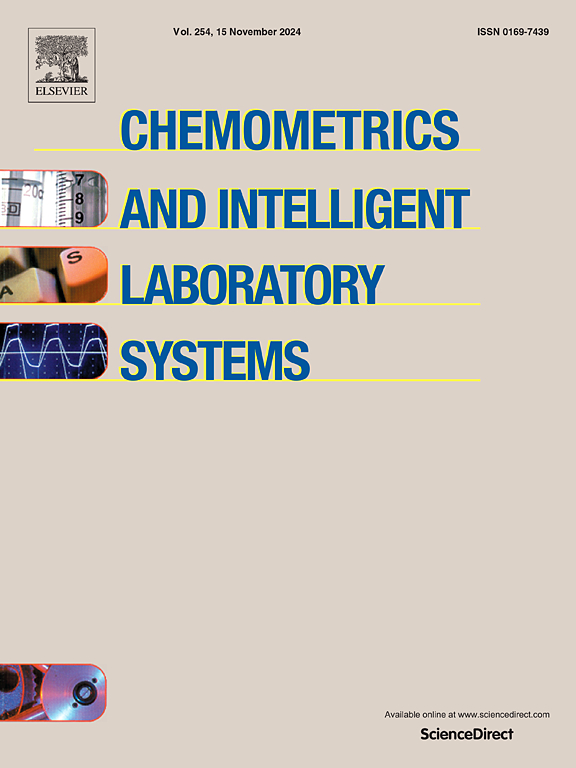Generating spectral samples with analyte concentration values using the adversarial autoencoder
Abstract
The prediction of analyte concentration by spectral responses using a calibration model is a commonly used method in chemical analysis. However, insufficient modeling samples will limit the performance of the calibration model. Artificial generation of spectral samples with analyte concentration values is an effective way to address the shortage of modeling samples. However, traditional methods for generating spectral samples with concentration values still have problems in terms of diversity and accuracy. We proposed a method for generating spectral samples with analyte concentration values based on an adversarial autoencoder (AAE). The proposed method combined spectral responses and analyte concentration as the inputs and fitted the extracted latent variables into a prior distribution. By decoding the random sampling points of the prior distribution, the spectral samples with analyte concentration values were generated. Four spectral datasets were used to validate the effectiveness of the proposed method. Two traditional spectral generation methods were used to evaluate the performance of the proposed methods. It was found that the proposed method performed significantly better than traditional ones. The spectral responses generated by the proposed method had good diversity and similarity to the real ones. In addition, the generated spectral samples could also accurately simulate the actual relationship between spectral responses and analyte properties. The proposed method is an effective solution to the problem of insufficient modeling samples in the quantitative analysis of spectral technology.

 求助内容:
求助内容: 应助结果提醒方式:
应助结果提醒方式:


